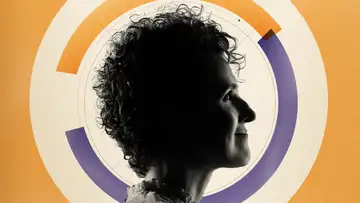Correct DiagnosesTop of Mind with Julie Rose • Season 1, Episode 112, Segment 5
Jul 29, 2015 • 14m
Guest: Danielle Ofri, M.D., Ph. D., Doctor at Bellevue Hospital in New York City and author of “What Doctors Feel: How Emotions Affect the Practice of Medicine”
When you’re at the doctor, it’s all about how you feel right? That’s what you’re there to convey: “I hurt here.” “I feel weak.” “I’m worried this might be serious.” As you sit in that small exam room across from the doctor, has it ever crossed your mind to be concerned how he or she feels? I doubt it. But maybe it should.